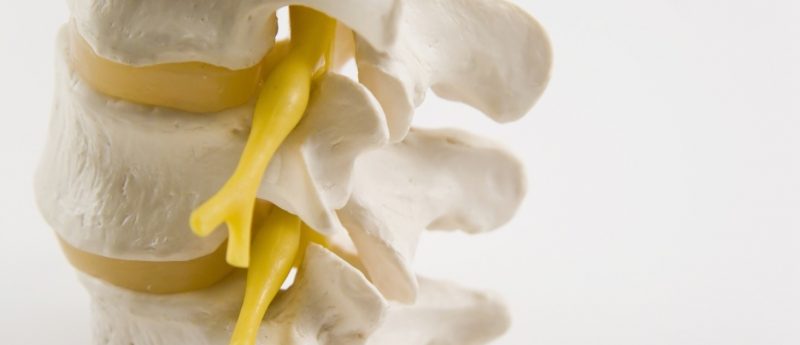Does age reduce the potential for spinal cord regeneration after injury?

Researchers from the University of California (CA, USA), San Diego School of Medicine (CA, USA) and University of British Columbia (BC, Canada) have demonstrated that spinal cord regeneration in mice is reduced with age.
A new collaborative study conducted by researchers at the University of California (CA, USA), San Diego School of Medicine (CA, USA) and University of British Columbia (BC, Canada) has indicated that age may diminish axonal regeneration in the spinal cord of mice following injury. In an increasingly aging population, these findings may have implications for both the research and treatment of spinal injuries.
Previous research has long found that regeneration of the CNS is limited following injury, making it challenging to research the effect of age on regeneration. In this new study, the team led by Binhai Zheng, San Diego School of Medicine, utilized deletion of the Pten gene to promote regeneration, facilitating examination of the effect of age on regeneration. Removal of this gene has been shown previously to promote regeneration in young adult mammals.
The team demonstrated that PTEN inhibits neuronal growth independently of age the mammalian CNS. They observed that Pten deletion in the neurons of both young and old mice elicited the post-injury cellular responses indicative of increased regeneration.
However, the axons of older mice were less able to regenerate distal to the injury site than those in younger mice, indicating that functional recovery is reduced in older mice.Additionally, the older mice displayed increased inflammation at the injury site, further suggesting that age is associated with a decline in central axonal regeneration in mammals.
“In older adults, axons are traveling through what is more like rocky, unpaved roads rather than smooth highways – it takes a lot more effort,” commented Zheng.
Interestingly, the researchers initially researched regeneration in two different neuronal types independently, and then collaborated and observed the same results in both pathways.
“The fact that our two labs worked on different types of neurons, initially not knowing each other’s work, but in the end converged on the same conclusion bodes well for the general applicability of these findings,” added co-senior author Wolfram Tetzlaff, University of British Columbia. “The important implication is that in our fight against paralysis, we ought to think about how to overcome the increased challenges in promoting repair and recovery in older individuals as well.”
The team highlighted that the majority of regeneration studies are conducted in young adult animals, so validation of these new findings in older animals is required. They also added that the next step will be researching methods to counteract this age-associated decline in regeneration by enhancing endogenous regeneration programs and modifying the axonal environment to better facilitate regrowth.
“We were surprised to learn just how quickly our central nervous system declines in its regenerative ability as we age,” Zheng commented. “These results suggest that this came much earlier than expected if regeneration were to decline at the same pace as the normal aging process. In other words, middle-aged adults, the peak age group for people living with a paralyzing spinal cord injury today, already have a significantly reduced ability to regenerate, as compared to young adults. It would be interesting to determine if the molecular machineries for neural regeneration and normal aging interact.”
— Written by Lauren Pulling
Sources: Geoffroy C, Hilton B, Tetzlaff W, Zheng B. Evidence for an Age-Dependent Decline in Axon Regeneration in the Adult Mammalian Central Nervous System. Cell Reports 15, 1—9 (2016); University of California San Diego Health press release: www.health.ucsd.edu/news/releases/Pages/2016-03-31-aging-diminishes-spinal-cord-regeneration-after-inury.aspx